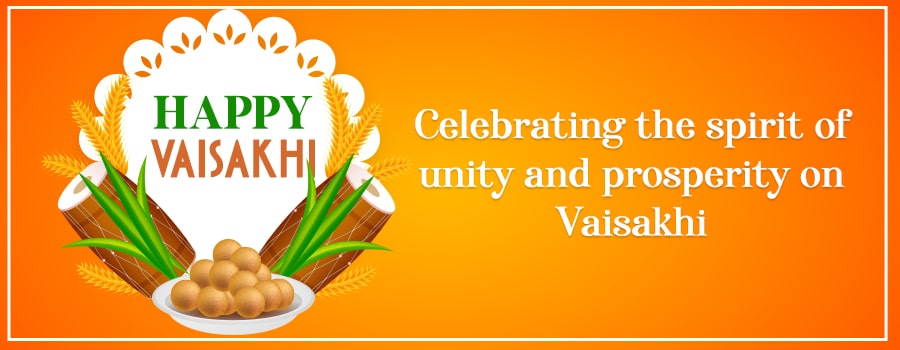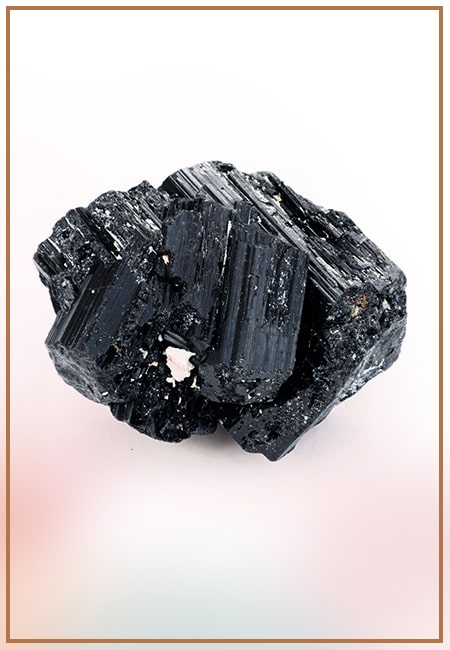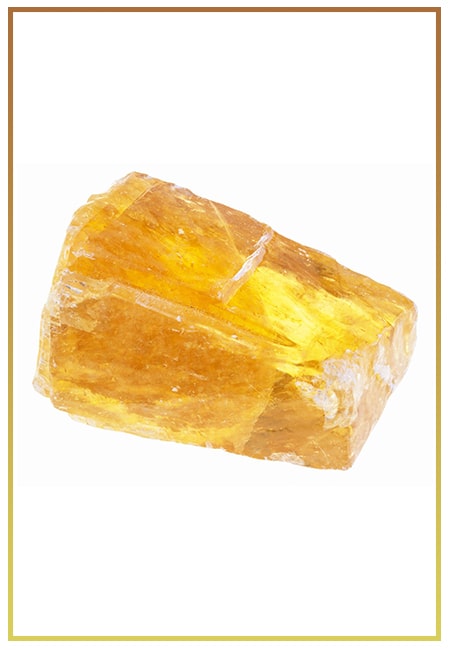- Written By Team DWS
- Festivals
- April 13, 2024
Understanding the Significance of Vaisakhi: A Joyful Celebration of Harvest and Sikh New Year
Understanding the Significance of Vaisakhi
Vaisakhi, also known as Baisakhi, is a festival celebrated by the Sikh community around the world. It holds great significance as it marks the harvest festival and the Sikh New Year. This joyful celebration is a time for reflection, gratitude, and community as Sikhs come together to commemorate the founding of the Khalsa Panth by Guru Gobind Singh in 1699. Let us delve deeper into the significance of Vaisakhi and explore the traditions and customs associated with this auspicious festival.

History and Origins of Vaisakhi
Vaisakhi has its roots in the agricultural heritage of Punjab, where the festival is celebrated with great enthusiasm. It is a time to give thanks for a bountiful harvest and to pray for prosperity in the coming year. The festival also holds religious significance as it marks the day when Guru Gobind Singh founded the Khalsa Panth, a community of initiated Sikhs dedicated to upholding the principles of Sikhism.
On April 13, 1699, Guru Gobind Singh called upon Sikhs to assemble at Anandpur Sahib, where he revealed the five beloved ones, known as the Panj Pyare, who were willing to sacrifice their lives for their faith. Guru Gobind Singh then baptized the Panj Pyare and initiated them into the Khalsa Panth, establishing the principles of equality, justice, and courage that are central to Sikhism.
Rituals and Traditions of Vaisakhi
Vaisakhi is celebrated with a variety of rituals and traditions that vary from region to region. However, some common customs observed during the festival include visiting Gurdwaras (Sikh temples) to offer prayers, participating in processions and nagar kirtans (religious parades), and sharing meals with the community.
One of the most important aspects of Vaisakhi celebrations is the practice of Seva, or selfless service. Sikhs are encouraged to perform acts of kindness and charity during the festival, such as serving food to the needy, cleaning Gurdwaras, and supporting humanitarian causes.
Another key tradition associated with Vaisakhi is the preparation and distribution of langar, a communal meal served to all visitors regardless of their background or social status. Langar symbolizes the principles of equality and unity that are central to Sikh teachings.
Significance of Vaisakhi as a Harvest Festival
As a harvest festival, Vaisakhi holds great significance for farmers and agricultural communities. It is a time to celebrate the bounty of the land and give thanks for the fruits of labor. Farmers offer prayers for a successful harvest in the coming year and seek blessings for prosperity and abundance.
Vaisakhi also symbolizes the cycle of life and the interconnectedness of all living beings. It reminds us of the importance of respecting the earth and nurturing the environment for future generations. The festival serves as a reminder to practice sustainable living and to honor the gifts of nature.
Vaisakhi as the Sikh New Year
In addition to being a harvest festival, Vaisakhi also marks the Sikh New Year, a time for renewal and new beginnings. It is a time to reflect on the teachings of the Gurus and to reaffirm one's commitment to living a life of righteousness and compassion.
On Vaisakhi, Sikhs gather at Gurdwaras to listen to kirtan (devotional music) and sermons that emphasize the importance of self-discipline, humility, and service to others. The festival is an opportunity to rekindle one's spiritual connection and to seek guidance from the Guru Granth Sahib, the holy scripture of Sikhism.
Celebrating Vaisakhi Around the World
Vaisakhi is celebrated with great fervor by Sikhs around the world, from India to the United Kingdom, Canada, and the United States. In Punjab, the festival is marked by colorful processions, music and dance performances, and feasting on traditional delicacies.
In countries with large Sikh populations, such as the United Kingdom and Canada, Vaisakhi is celebrated with grand parades, street bazaars, and cultural displays that showcase the rich heritage of Sikhism. The festival is an opportunity for Sikhs to express their identity, share their customs with the wider community, and promote interfaith harmony and understanding.
Conclusion
In conclusion, Vaisakhi is a joyful celebration that holds great significance as a harvest festival and the Sikh New Year. It is a time to give thanks for the blessings of the land, to reflect on the teachings of the Gurus, and to come together as a community to celebrate unity, generosity, and love. As we mark this auspicious occasion, let us strive to embody the spirit of Vaisakhi by practicing selfless service.

Vaisakhi FAQs
1. What is Vaisakhi?
Vaisakhi, also known as Baisakhi or Vaisakhi, is a religious and cultural festival celebrated primarily by Sikhs, marking the harvest season and the birth of the Khalsa order in Sikhism.
2. When is Vaisakhi celebrated?
Vaisakhi is celebrated on April 13th or 14th each year, depending on the Gregorian calendar. It falls on the first day of the Vaisakh month according to the Nanakshahi calendar.
3. How is Vaisakhi celebrated?
Vaisakhi celebrations typically include attending Gurdwara (Sikh temple) services, participating in Nagar Kirtan (religious processions), engaging in community service (seva), dancing (bhangra), and enjoying traditional Punjabi food.
4. Why is Vaisakhi important to Sikhs?
Vaisakhi is of special significance to Sikhs as it commemorates the founding of the Khalsa by Guru Gobind Singh in 1699. The Khalsa represents the collective body of initiated Sikhs who have committed themselves to the Sikh faith and principles.
5. Can non-Sikhs participate in Vaisakhi celebrations?
Yes, Vaisakhi celebrations are open to people of all faiths and backgrounds. Non-Sikhs are welcome to attend Gurdwara services, join in the festivities, and learn more about Sikh culture and beliefs.
6. Is Vaisakhi only celebrated by Sikhs?
Just as Hindus celebrate Vaisakhi as their traditional New Year's Day and harvest festival in many parts of India, Sikhs similarly mark the occasion as a significant festival in their faith, particularly in the states of Punjab, Haryana, and Himachal Pradesh.
7. How is Vaisakhi celebrated around the world?
Vaisakhi is celebrated with great enthusiasm in Sikh-majority regions such as Punjab in India and Punjab in Pakistan. Sikh communities in countries like Canada, the United States, the United Kingdom, and Australia also hold Vaisakhi parades, festivals, and cultural events.
Popular on Blogs

Black Tourmaline: Meaning, Healing Properties, Fascinating Facts, Powerful Attributes, Versatile Uses, and Beyond
September 05, 2023 / BY Team DWS
Black Tourmaline, also known as Schorl, is a highly revered crystal with incredible metaphysical properties. It derives its name from the Dutch word "turamali," meaning "stone with ..

Carnelian Stone: Meaning, Healing Properties, Power, Facts, Color, Uses and More
December 26, 2023 / BY Team DWS
Carnelian is a vibrant and captivating gemstone that holds a plethora of meanings, healing properties, and powers. Its warm and fiery energy makes it a popular choice among crystal ..

Citrine: Exploring its Meaning, Healing Properties, Fascinating Facts, Powers, Versatile Uses, and Much More
November 18, 2023 / BY Team DWS
Citrine, with its warm golden hues, has captured the attention and imagination of people for centuries. This beautiful gemstone, commonly associated with wealth and prosperity, hol ..

Black Onyx: Unveiling the Meaning, Healing Properties, Fascinating Facts, Powerful Attributes, Versatile Uses, and Beyond
July 25, 2023 / BY Team DWS
Black Onyx, a striking gemstone admired for its deep black hue and elegant appearance, has captivated people for centuries. In this comprehensive guide, we will delve into the mean ..

Unveiling the Mysteries of Turquoise Stone: Exploring its Meaning, Healing Properties, Power, Facts, Color, Uses, and More
December 05, 2023 / BY Team DWS
Turquoise, with its captivating blue-green hue, has been adorning jewelry and artifacts for centuries. This striking stone has a rich history, rich symbolism, and a plethora of int ..

The History Behind The Popularity of Red Agate
December 23, 2022 / BY Team DWS
An Agate is a type of magma rock that takes many years till it is washed out naturally into the water. And that is the reason this stone has elements of water. This beautiful stone ..

Bloodstone: Unveiling the Meaning, Healing Properties, Facts, Powers, Uses, and More
August 21, 2023 / BY Team DWS
Bloodstone, with its captivating deep green color with specks of red, is a mesmerizing gemstone that has fascinated civilizations for centuries. It possesses unique healing propert ..

Plan a Perfect Valentine's Week with Our Valentine Week List 2025
January 22, 2024 / BY Team DWS
Valentine's Day is undoubtedly the most romantic day of the year, but we believe that one day is just not enough to express your love and make your partner feel special. That's why ..


